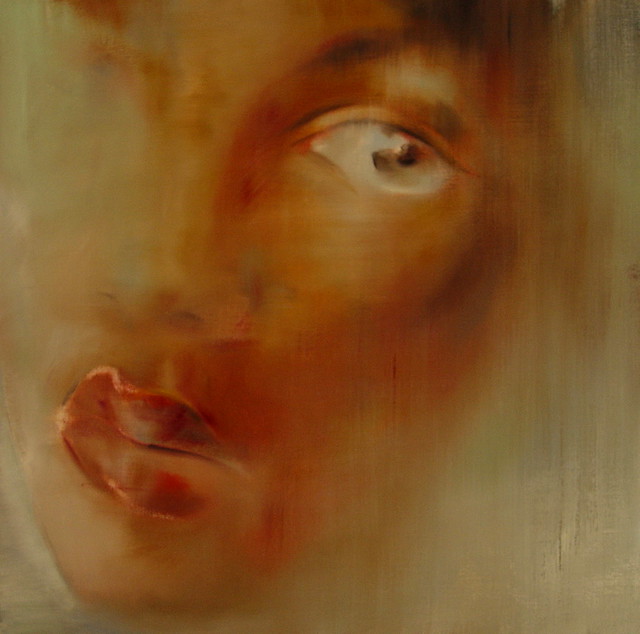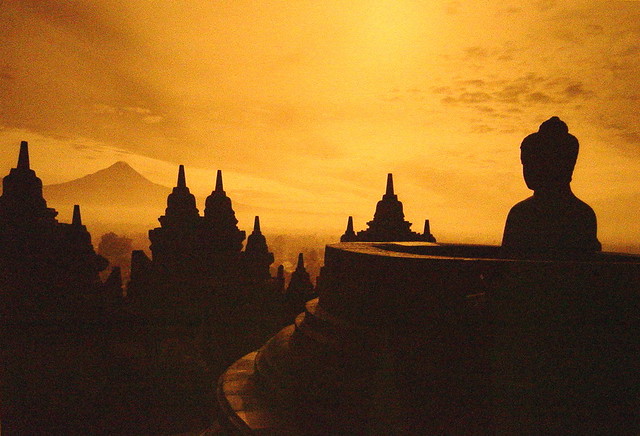Donald Sultan
Spring 1999
"Robert Creeley is an artist’s poet....I think of him as one of the most
thoughtful poets ever to explore this complex relationship between the eye and the object."
- Donald Sultan, 1999
"(Battery) There"
Wherever it was, I took this place
To be in mind as well as there
Where persons walked with muffled forms,
Marked by the high sky's yellow glare.
The measured look placed all in squares,
Boxed by a distance fixed in space.
Lampposts blackened against the day.
The shuffled passage of persons faded.
The building, it seemed, they would never
get to.
Its vertical strips of window reflected
Light from a world they might have heard of,
But, try as they would, they would
never reach.
- Robert Creeley
From the New York Public Library:
"Over his lifetime Robert Creeley explored the profound connections between visual art and creative writing in collaborations with artists such as Georg Baselitz, Francesco Clemente, Jim Dine, Robert Indiana, Alex Katz, R. B. Kitaj, Susan Rothenberg, Marisol, and Donald Sultan. Since his early years as one of the originators of the Black Mountain school of poetry in the 1950s, Creeley worked with artists from a variety of disciplines. He employed an ever evolving "process" of collaboration through his relationships with artists resulting in a body of work that includes books and portfolios of poetry, art, prose, and criticism in a variety of media."
The poem and image here were originally published in
"Visual Poetics: The Arts of Donald Sultan"
with text by Michael McKenzie
Marcos Fine Arts Contemporary Atelier
201 Nevada Street
El Segundo, CA 90245
Images © Donald Sultan
Poems © Robert Creeley
More on Robert Creeley, his life and work:














